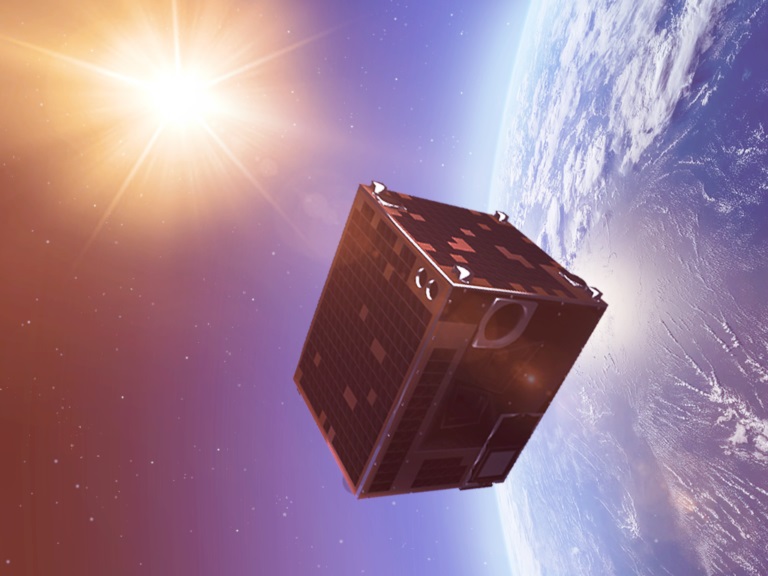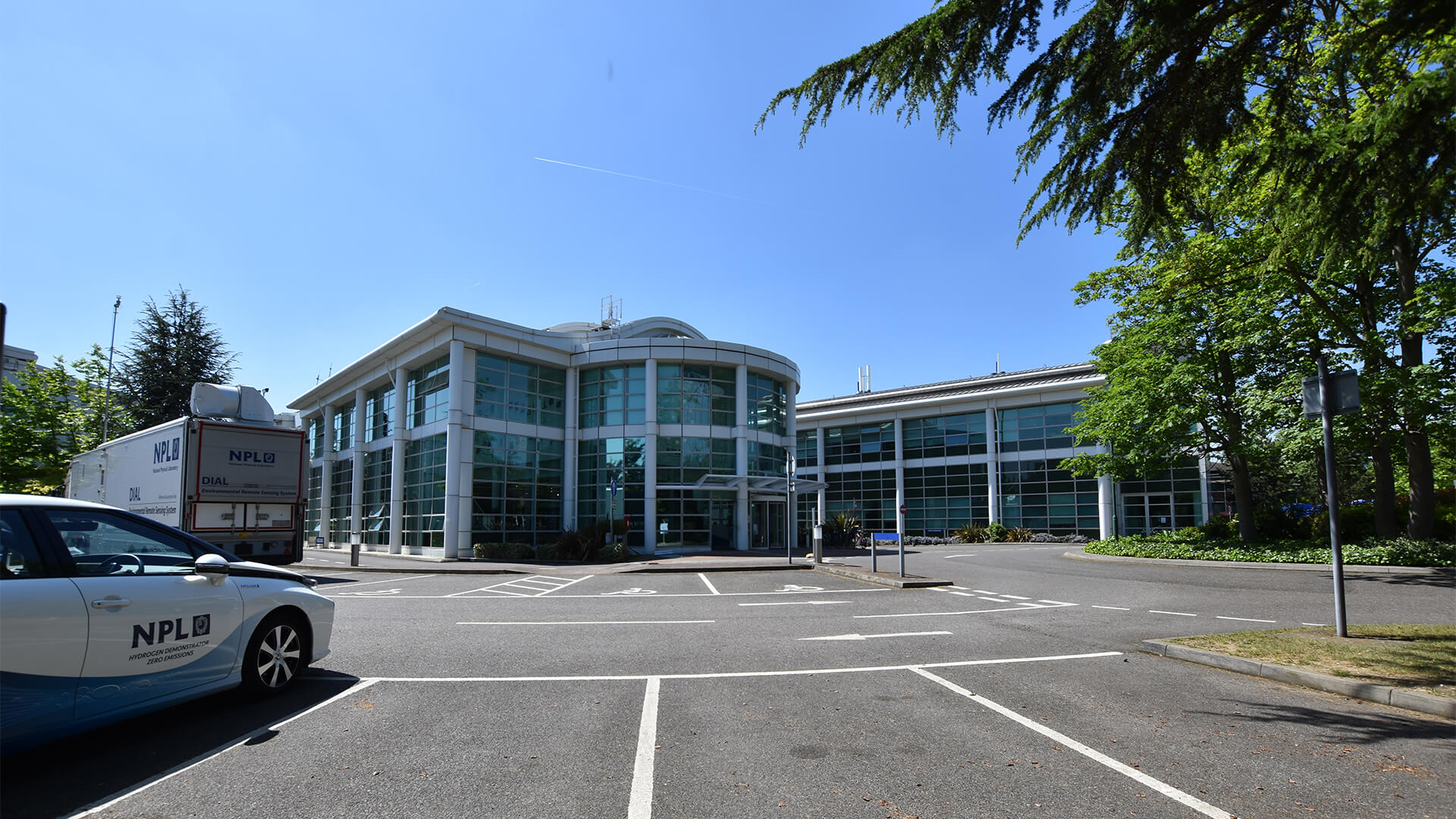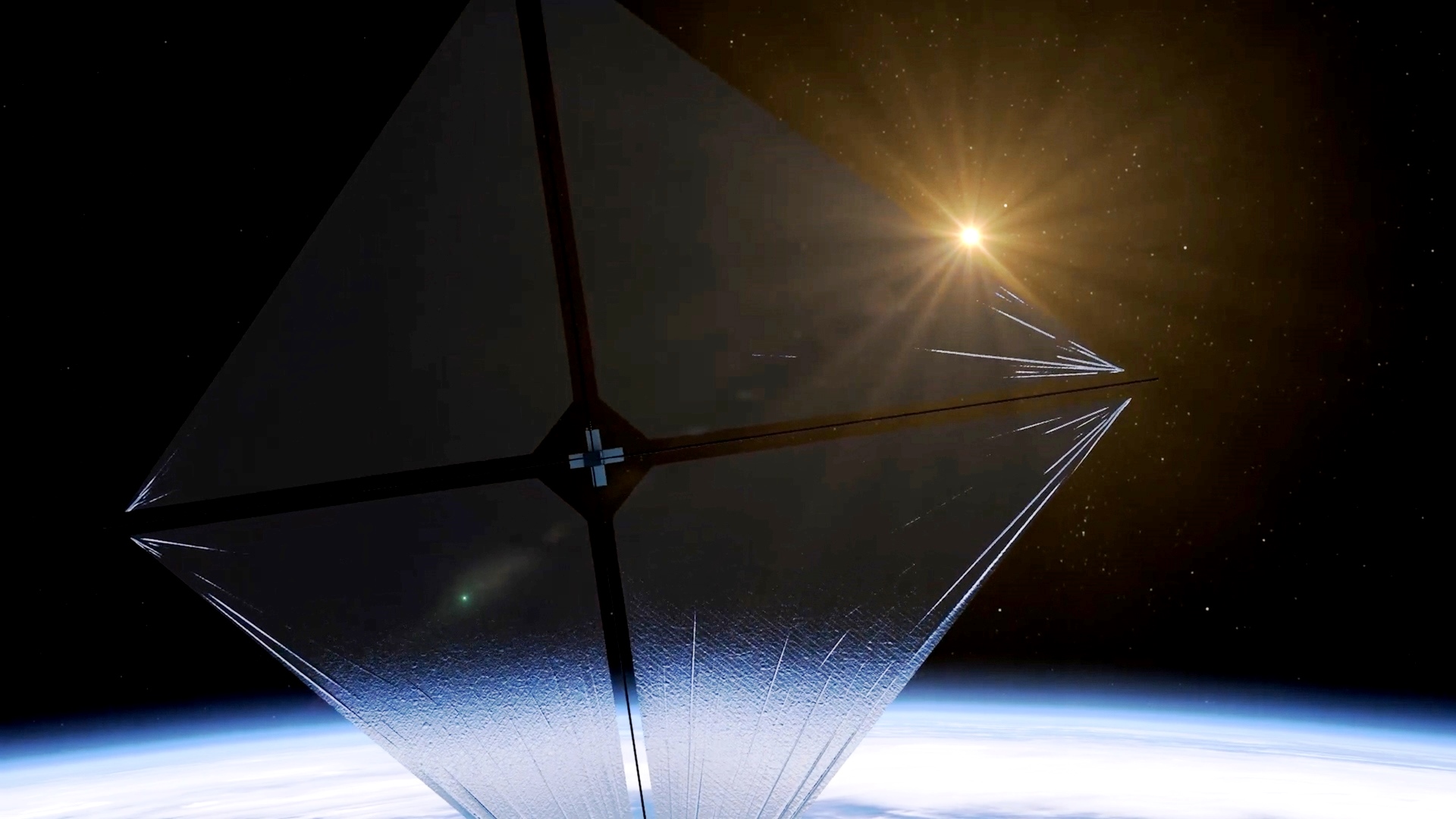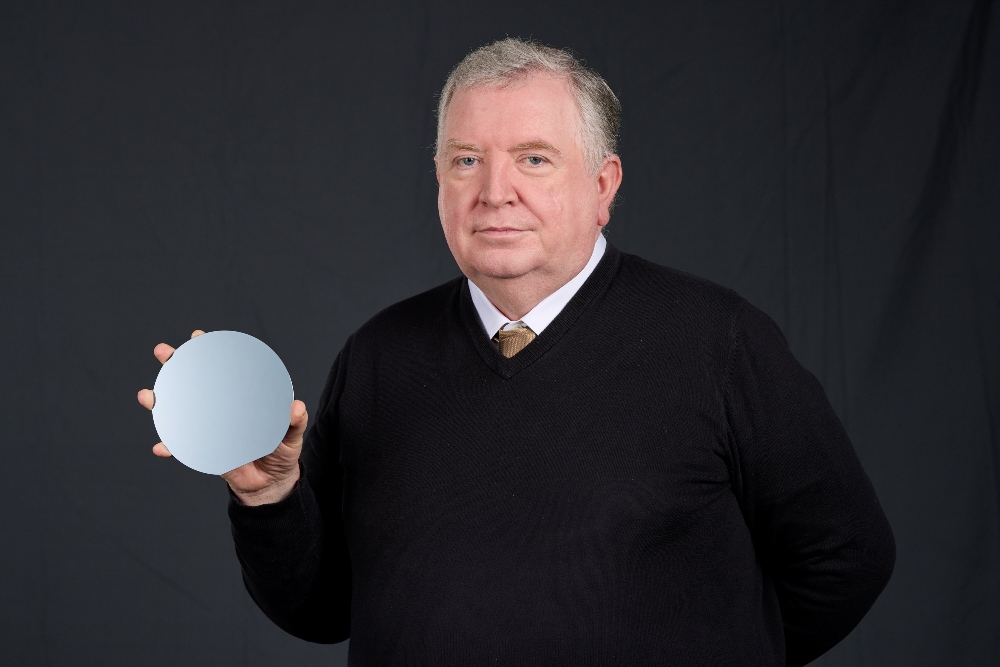MetOp-C launched

Copyright ESA
Built by Airbus, MetOp-C is the last of the first generation of EUMETSAT Polar System (EPS) series of three polar-orbiting satellites. MetOp-C is joining its predecessors MetOp-A and -B in a 817 kilometre orbit. Both predecessors have exceeded their designated lifetime by far. The MetOp programme has made the biggest positive impact on improving the accuracy of weather forecasts from 12 hours to 10 days ahead.
The MetOp satellites have been developed by Airbus for the European Space Agency (ESA) and EUMETSAT, the European Organisation for the Exploitation of Meteorological Satellites, and are part of a joint Europe-US cooperation.
Nicolas Chamussy, Head of Space Systems at Airbus, said: “Initially, the plan was for each satellite to replace its predecessor, however, the excellent performance of the first two MetOp satellites allowed a dual operation of MetOp-A and -B with a significant contribution to the reduction of Day-1 forecasting errors. It is expected that this trend will continue with the third spacecraft now in orbit.”
Each MetOp satellite carries a total of 12 instruments (10 for MetOp-C), making the system extremely versatile. Two of the instruments have been built by Airbus: the Microwave Humidity Sounder (MHS) and the Advanced Scatterometer (ASCAT). The MHS measures water vapour near the Earth’s surface, and as well as flying on the MetOp spacecraft, two additional microwave humidity sounders are already flying on US NOAA satellites, delivering matching data from a different orbit to enhance weather models.

The other Airbus-built instrument, the “Advanced Scatterometer” (ASCAT) is an active radar instrument which measures wind speed and direction over the open sea. It also provides data for ice and snow coverage as well as surface moisture. ASCAT will scan two 500 kilometre wide corridors and can, therefore, provide almost global coverage within 24 hours.
MetOp also monitors the ozone layer in the stratosphere, as well as relaying meteorological measurements collected by boats, buoys and research stations. MetOp-A and -B also feature a receiver to relay signals sent by people in distress.
In addition to the expected benefits on weather forecasting, MetOp-C will continue the time series of data begun by MetOp-A, and this long-term dataset is crucial for climate monitoring.
Under development at Airbus, the MetOp-SG (second generation) spacecraft will provide continuity and enhancement of meteorological data with improved spectral and spatial resolution compared to the measurements currently provided by the first generation of MetOp satellites. A complete range of observations will be realised using 10 different instruments, covering ultra-violet, visible, infrared and microwave spectral bands.
From 2021 onwards, MetOp-SG will further increase the benefits of accurate weather prediction based on state-of-the-art European technologies and keep contributing to socio-economic benefits worth several billion Euros year for European citizens.














